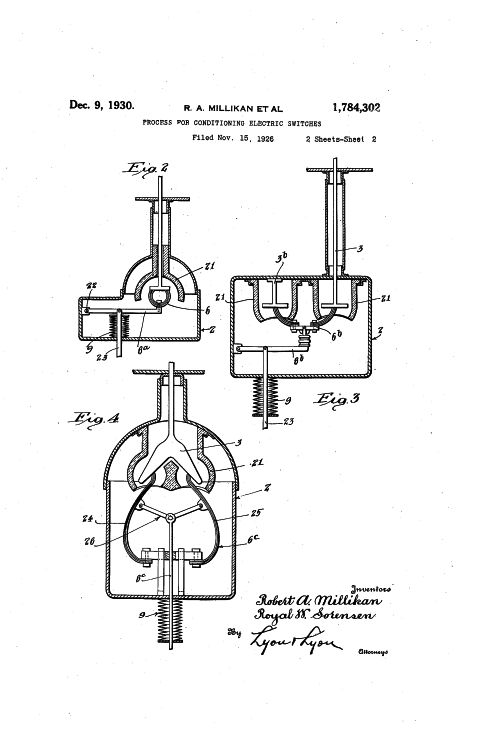

Kennedy was one of the early recruits to Manhattan Project's Los Alamos Laboratory, arriving in March 1943. In 1966, Room 307 of Gilman Hall on the campus at the Berkeley, where they did this work, was declared a U.S. Arthur Wahl then began exploring the chemistry of the newly discovered element. On March 28, 1941, Seaborg, physicist Emilio Segrè and Kennedy were able to demonstrate not only the presence of plutonium, but that it was also fissile, an important distinction that was crucial to the decisions made in directing Manhattan Project research. He used mica sliced razor thin to produce a window to count alpha particle emissions, and ionization chamber with a magnetic field to separate the beta particles from the neptunium from alpha particles from the plutonium.
Edwin mcmillan series#
Kennedy built a series of detectors and counters to verify the presence of plutonium. In their experiments bombarding uranium with deuterons, they observed the creation of neptunium, element 93, which then underwent beta-decay to form a new element, plutonium, with 94 protons.

In February 1940, Glenn Seaborg and Edwin McMillan produced plutonium-239 through the bombardment of uranium. He then entered the University of California, Berkeley, where he earned his Doctor of Philosophy (PhD) degree, writing his thesis on "Studies of nuclear isomerism in tellurium, element 43, and zinc", under the supervision of George Ernest Gibson. Austin State Teachers College, from which he received a Bachelor of Arts (BA) degree, and the University of Kansas, which awarded him a Master of Arts (MA) degree. He also lived in Center, Texas for a period of seven years before entering college.

Joseph William Kennedy was born in Nacogdoches, Texas, on May 30, 1916, the son of Joseph and Mattie Kennedy. He died of cancer of the stomach at the age of 40. Louis, where he is credited with transforming a university primarily concerned with undergraduate teaching into one that also boasts strong graduate and research programs. After the war, he was recruited as a professor at Washington University in St. During World War II he was head of the CM (Chemistry and Metallurgy) Division at the Manhattan Project's Los Alamos Laboratory, where he oversaw research onto the chemistry and metallurgy of uranium and plutonium. Joseph William Kennedy (– May 5, 1957) was an American chemist who was a co-discoverer of plutonium, along with Glenn T. Studies of nuclear isomerism in tellurium, element 43, and zinc (1939)


 0 kommentar(er)
0 kommentar(er)
